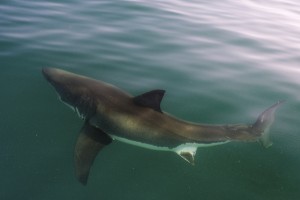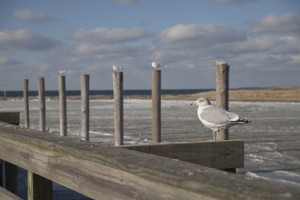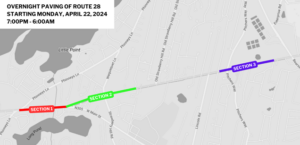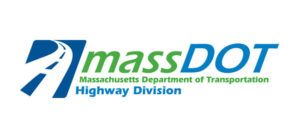 WELLFLEET – Shark detection technology on Cape Cod made advancements off Newcomb Hollow Beach in Wellfleet last week, the site of last year’s fatal shark attack.
WELLFLEET – Shark detection technology on Cape Cod made advancements off Newcomb Hollow Beach in Wellfleet last week, the site of last year’s fatal shark attack.
Regional public safety officials have been trying for years to upgrade equipment that they already have, such as an acoustic receiver attached to a buoy that can not only detect signals from tagged great white sharks but relay an instantaneous alert to lifeguards and beach administrators.
One such device was deployed off Newcomb Hollow recently and next week two more will be placed offshore at Head of the Meadow Beach in Truro and at Nauset Beach in Orleans.
Arthur Medici died in the shark attack off Newcomb Hollow last September.
“We’ve placed three of these receivers off the Outer Cape at three popular swimming beaches in an effort to really do an experiment and see how well the technology works,” said state shark researcher Gregory Skomal.
“What we’re hoping is that these devices provide a tool for beach managers to use to know about the presence of these animals.”
Since 2009, a total of 171 sharks have been tagged with acoustic devices that broadcast a unique identifying signal that is picked up by a necklace of receivers attached to buoys off Cape beaches.
“The basic premise is that anytime a shark swims within range of a receiver it is detected,” said Skomal.
“Only in this case, the data is forwarded as quickly as possible via a cellphone signal to whoever you want notified.”
Water clarity and other factors affecting underwater sound transmission, such as wave noise and vessel traffic, may alter the distance at which the receivers can detect shark signals, but Skomal estimates a shark passing within 330 to 660 feet of the buoy would be picked up.
“This is somewhat of an experiment,” Skomal said, as he is working with engineers in Germany and in Canada to make the best use of the advanced buoy.
Buoys from two companies are being tested: VEMCO, a Nova Scotia-based firm that already supplies the acoustic receivers used by Skomal, and Customized Animal Tracking Solutions, a firm based in Germany that makes the accelerometers that Skomal has put on some sharks to investigate fine-scale movements.
The goal is to have the shark alert go out immediately after the signal has been received, but the Outer Cape’s poor cellphone reception has causes the alerts to lag.
Alerts from the old Wellfleet buoy were received two to seven minutes after the shark detection from a half dozen sharks, Skomal reported.
The new Wellfleet buoy is positioned in 20 feet of water a couple of hundred yards offshore to compensate for the poor reporting times and in the hopes of getting a better signal.
“We didn’t want to put it in where people were swimming and have the notification be late,” continued Skomal.
“We’d like to see the notifications be almost instantaneous.”
Wellfleet Beach Administrator Suzanne Grout Thomas said that safety officials were connected to the system last week and that three alerts were sent to her and to head lifeguards at town beaches.
She was encouraged that viable technology was at least becoming available to towns.
“It gives me hope that we’ll be able to do something solid for people,” said Thomas.
Skomal says towns would have to determine for themselves whether an alert merited closing a beach to swimming.
Thomas said a shark detected in 20 feet of water, even at 300 feet from shore, could make it to public swimming areas quickly and would result in a beach closure, which occurred late last month at Newcomb Hollow.
























